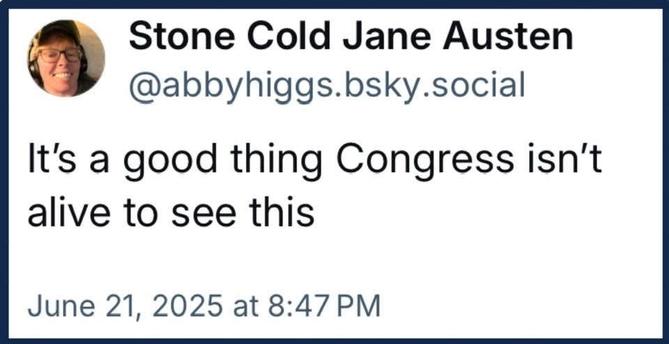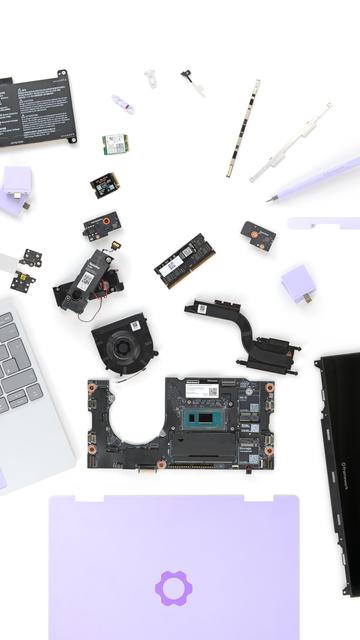@cstross @davidgerard I keep wondering about what’ll happen when this one pops.
The other bubbles you mentioned left something tangible behind:
The original Dotcom bubble resulted in a bunch of long haul fiber optic transmission systems being sold at distressed asset prices, yielding (eg) Level3 Communications as a global connectivity wholesaler.
Property bubbles leave the property behind, maybe with some people who couldn’t afford homes finding themselves in the right place at the right time to buy one at bankruptcy auction prices.
When someone loses their shirt, it isn’t usually set on fire; They’ve lost it because they’ve been forced to sell it below-cost, which means the counterparty is buying it below-cost. Cheap shirt!
The LLM bubble seems different, though. The only thing that makes the products of AI companies look feasible is that VC inflows mean they can be sold cheaper than the replacement cost of GPUs and the electricity cost needed to power the datacentres the LLMs live in. If the VC money retreats none of this will be viable.
Who’d buy an AI coding assistant or a personal agent or whatever if its API cost $100 per day? Or $1000 per day? If there isn’t a profit stream to keep GPT-4 or Claude running, what happens to applications using the GPT or Claude APIs?
There’s a pretty good chance that when this bubble pops, there’ll be nothing left. At all. Quite different from other bubbles!








